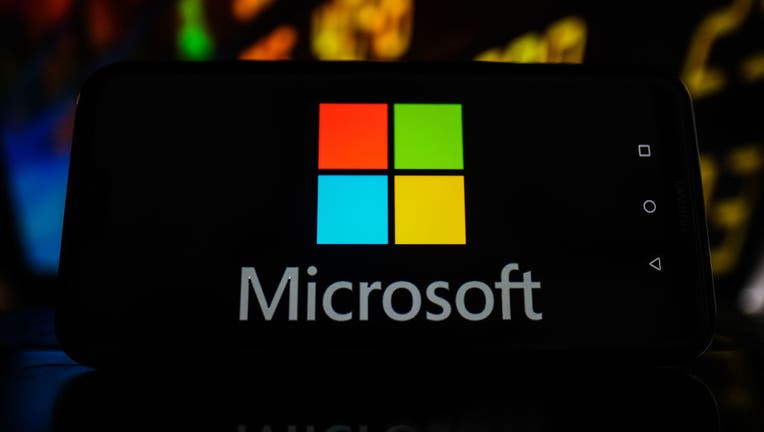Microsoft scraps some passwords: Here's what that means for you

POLAND - 2021/02/19: In this photo illustration a Microsoft logo seen displayed on a smartphone with stock market values in the background. (Photo Illustration by Omar Marques/SOPA Images/LightRocket via Getty Images)
Microsoft is officially allowing consumers to completely ditch passwords for their personal accounts.
The tech giant created a passwordless sign-in for users, meaning they will no longer need to enter a password in order to gain entry into a Microsoft account, Vasu Jakkal, Microsoft's corporate vice president of security, compliance and identity, said in a blog post on Wednesday.
Since March, the company has offered passwordless sign-in for commercial accounts, "bringing the feature to enterprise organizations around the world," Jakkal said.
Now, any user will be able to use the Microsoft Authenticator app, Windows Hello, a security key, or a verification code that will be sent to a phone or email in order to sign in to any Microsoft app or service.
It will be rolled out over the coming weeks, according to Jakkal.
Passwords have been "the most important layer of security" for protecting anything from a user's email to bank accounts, shopping carts and even video games, Jakkal said.
Users are "expected to create complex and unique passwords, remember them and change them frequently, but nobody likes doing that either," Jakkal said. Otherwise, users are left with weak passwords that become the "entry point for the majority of attacks across enterprise and consumer accounts," he added.
Jakkal noted that there are about 579 password attacks every second, which is equivalent to 18 billion attacks every year.
To go passwordless, users will need to install the Microsoft Authenticator app and link it to a personal Microsoft account. Users will then have to log in to a Microsoft account and choose "Advanced Security Options." They'll have to hit "Passwordless Account" and select "Turn on."
Users will have to follow on-screen prompts, and then they'll have to approve the notification from the Authenticator app.
Users can always switch back to using a password, though Jakkal suggested that once someone tries passwordless sign-in, "I don’t think you’ll want to go back."

